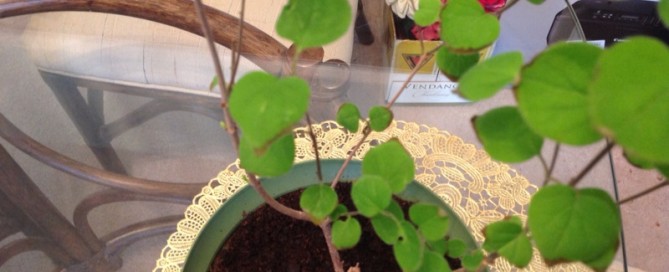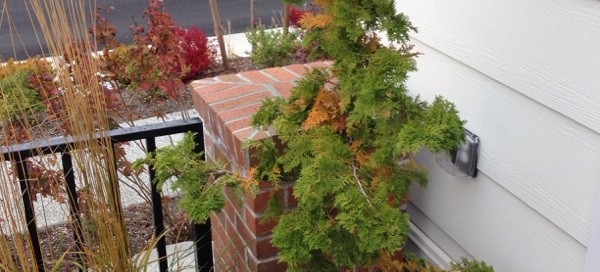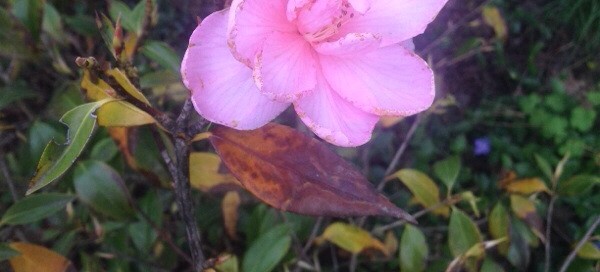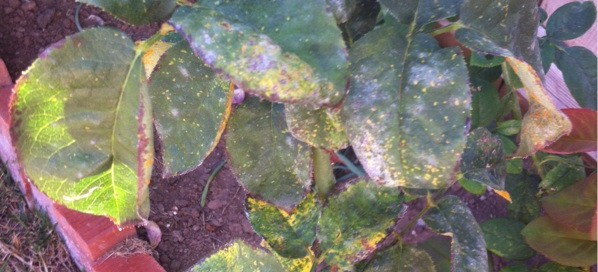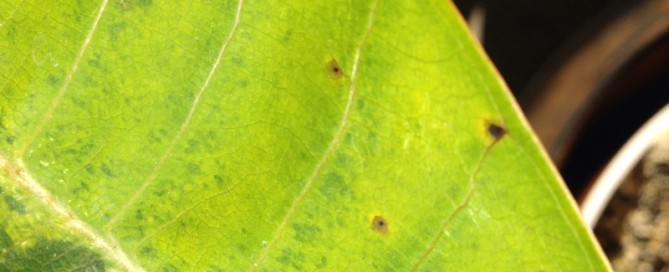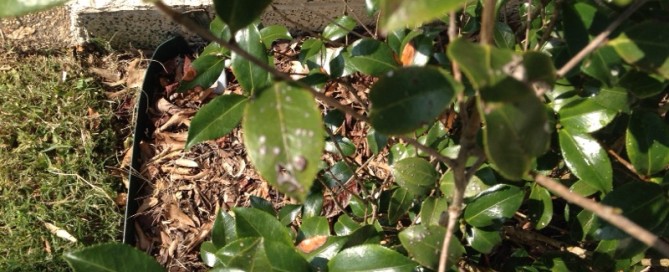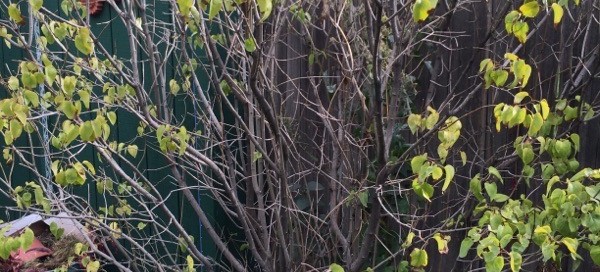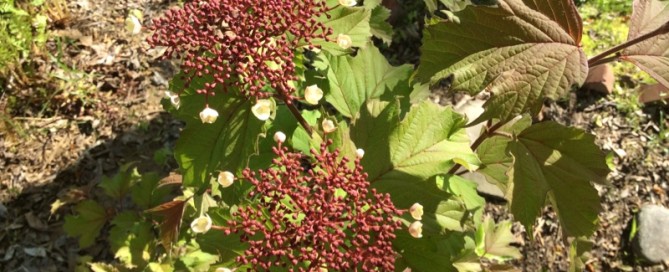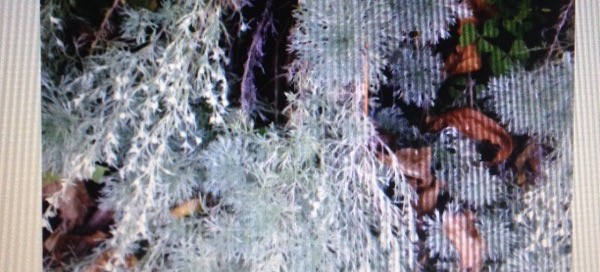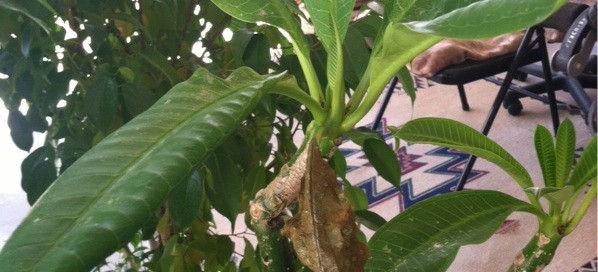Lilac Leaf Problem
There are at least 3 possible issues here. If the black will rub off on your finger, it is sooty mold which grows where tiny insects like aphids have been feeding. Suggest you wash the mold off with a light solution of soapy water and spray the plant with a pyrethrin or insecticidal soap to control the insects. If the black is in the leaf and spreading from the outside in, a fungus may be at work and we suggest you show a leaf to the horticulturist at your favorite garden center for an in person id and control suggestion. However, it is also possible that this leaf issue is the result of growing this shrub indoors in a dry environment or in a soil that is too rich in organic matter for this plant. If this last might be an issue, add lime when you repot.
